If you want to understand how to build a business driven by passion, purpose, and values, then Pour Your Heart Into It by Howard Schultz is a must-read. This book shares the inspiring journey of how Schultz transformed Starbucks into a global brand, emphasizing the importance of staying true to your vision and creating a company culture that puts people first.
Unlike other business books that focus on dry concepts, this one offers a personal and emotional view from a leader of a hugely successful company. What’s most impressive is that Schultz achieved his success in the coffee market, which many experts thought was already saturated and shrinking.
Schultz shows that true leadership is about leading with heart and conviction to inspire confidence in others, even when you don’t necessarily feel 100% confident yourself.
Whether you’re just starting a business or you’re a senior leader, this book provides valuable insights into building a brand that deeply connects with people. In the following summary, we’ll explore the key lessons from each chapter of Schultz’s journey, so you can apply them to your own career or business.
📈 1. Building Confidence: Schultz learnt sales and perseverance making 50 cold calls per day; he was driven by his low-income upbringing to succeed
Chapter 1 Summary
- Humble Beginnings and Early Drive: Schultz grew up in a low-income neighborhood in Brooklyn, New York, called “the projects.” He worked from an early age and helped support his family. His father had a series of low-paying jobs that left him unfulfilled, like factory work and truck driving. This childhood situation strongly motivated Schultz to succeed. Seeing his father’s struggles drove him to eventually create a company where every employee felt valued.
- Building Confidence Through Experience: Schultz became the quarterback of his high school football team and earned a partial scholarship to Northern Michigan University, where he studied communications and business. To pay for school, he took out loans and worked jobs like bartending. After graduating, he joined Xerox, a company known for having the best sales training program in the world. There he learned sales by making 50 cold calls a day, going door to door. It was incredibly hard, but he learned more about business than in college.
- Early Career Success: Schultz then joined Hammerplast, a Swedish houseware company, where he managed 20 salespeople and earned $75,000 a year—a significant amount at the time. Despite this success, Schultz kept looking for the next challenge. During this period, he met his future wife, Sheri Kersch, during a July 4th weekend in the Hamptons.
Rich Dad Poor Dad by Robert Kiyosaki is one of the most popular books on business and investing. Surprisingly, Kiyosaki also went through Xerox’s sales training program and became one of their top 5 salespeople. He quit a good career to learn sales because he believed sales and marketing are some of the most valuable skills anyone can learn. After all, we all need to sell something, whether it’s our ideas or a product.
Kiyosaki suggests choosing jobs based on the skills you can gain, not just the salary. He worked on a Standard Oil ship to learn about trade, then joined the Marine Corps to develop leadership skills, and worked at Xerox to overcome his shyness and learn sales. These skills all helped him later when he started his first business importing wallets. As we’ll see in a minute, Schultz’s experience in cold calling would later allow him to raise the millions he needed from investors to grow Starbucks.
Chapter 2 Summary
- Discovering Starbucks: In 1981, Schultz learned about Starbucks, a small coffee company with four stores in Seattle. This little company was ordering an unusually large number of basic coffee makers from Hammerplast. Curious, he visited their store at Pike Place Market. He was impressed by the special feeling of the store, with wooden counters and handmade fixtures, and he was amazed by the quality of their coffee—it was the best he’d ever had. He became so captivated by the company that he even called his wife, saying he wanted to move to Seattle.
- Meeting the Founders: Schultz met the three founders of Starbucks—Jerry Baldwin, Gordon Bowker, and Zev Siegl. They weren’t typical businesspeople; they were more into literature and history. They were introduced to high-quality coffee by Peet’s Coffee in San Francisco, one of the first places to bring high-quality coffee to the U.S.
- Building on a Strong Foundation: The founders weren’t just about making money—they believed in something. They thought everybody should be able to enjoy the highest-quality coffee. The founders themselves would sometimes drive hours to get coffee beans. So one day, with a few thousand dollars, they started Starbucks in Seattle. They focused on offering the best, freshest, dark-roasted coffee beans, which became the heart of the company.
Starbucks’ origin story is similar to how Ray Kroc discovered McDonald’s and turned it into a household name. Kroc was selling milkshake mixers and noticed one restaurant ordered an unusually large number. Curious, he visited McDonald’s and was so impressed that he became fixated on the idea of franchising it nationwide.
In his biography Grinding It Out, Kroc shares this business wisdom: “You must perfect every fundamental of your business if you expect it to perform well.” He explains how they meticulously optimized every part of McDonald’s operations, from the size and fat content of the hamburgers to the type of wax paper used between the patties. This mindset echoes a saying that Howard Schultz repeats often: “everything matters.”
How many cold calls did Schultz make each day while working at Xerox?
25
50
75
100
💪 2. Perseverance Over Luck: Schultz succeeded by never giving up, securing funding for his new coffee business while enduring over 200 rejections from investors
Chapter 3 Summary
- Chasing the Starbucks Job: Schultz spent a year trying to get a marketing leadership role at Starbucks, even though his mom thought it was too risky to leave a good career for a small, unknown company in Seattle. He worked hard to connect with the founders and impress them with his ideas. Just when he thought he had the job, they turned him down, thinking his vision was too big and risky. But Schultz didn’t give up—he called back, reopened the discussion, and convinced Jerry Baldwin to take a chance on his vision. This determination paid off, and Schultz got the job after most people would have quit.
- Inspiration from Italy: A year later, Schultz visited Milan and was amazed by the espresso bars on every corner. These weren’t just places to grab coffee—they were community hubs where people connected. Schultz realized Starbucks could do more than just sell coffee beans—they could offer the whole coffee experience by the cup, bringing that sense of community to the U.S., where he felt it was missing.
Think and Grow Rich by Napoleon Hill is a classic book on success and personal growth, often recommended to aspiring entrepreneurs. One powerful quote from the book is: “One of the most common causes of failure is the habit of quitting when one is overtaken by temporary defeat.”
Howard Schultz is a great example of this idea. When he was told he wouldn’t get the job at Starbucks, most people would have given up, but Schultz persevered. He called back, listened to the founder’s concerns, and passionately explaining why he was the right person for the role. People often credit success to luck, but Schultz says many of his biggest wins came as a result of not giving up, even when it seemed like the door to his goal had closed.
Chapter 4 Summary
- Resistance Within Starbucks: Schultz believed opening espresso bars was a game-changing idea, but Starbucks management saw it as a distraction from their core business of selling whole coffee beans by the pound. After months of convincing, they let him open a small espresso counter in the corner of one store. It was an instant hit, drawing 400 to 800 customers daily, compared to the usual 250. Despite the success, they still didn’t want to get into the restaurant business. Around the same time, Starbucks bought Peet’s Coffee, which doubled their locations, but put the company in heavy debt, leaving severely limited resources for trying new ideas.
- Starting His Own Company: Frustrated by Starbucks’ refusal to embrace his vision, Schultz decided to leave in 1985 and start his own company, even though it was a risky move, especially with his wife pregnant.
Chapter 5 Summary
- Raising Money and Making Plans: Schultz’s first big supporter was Starbucks itself, with Jerry Baldwin providing $150,000 to start his venture, likely to ensure Schultz used Starbucks coffee in his new stores. Schultz needed to raise $400,000 to open his first store and another $1.2 million to expand. During a visit to Italy, he pitched his idea to a major espresso machine maker, but they rejected him. While there, Schultz visited 500 Italian espresso bars to gather ideas. With help from Starbucks co-founder Gordon Bowker, he named his new stores “Il Giornale,” meaning “The Daily” in Italian.
- Overcoming Rejections and Critics: Schultz faced constant rejection, with 217 out of 242 investors turning him down. They told him all the reasons his idea wouldn’t work, saying coffee was a shrinking industry and doubted anyone would pay $1.50 for a cup. But Schultz wasn’t discouraged; instead, he was driven by their doubts. He believed he could reinvent the coffee market, much like Nike did with shoes. In the end, the early investors who put their money in believed in him more than the idea.
Sam Walton, the founder of Walmart, grew it from a small discount store into the largest retail company in the world. How? He was obsessed with studying his competitors. In his biography Sam Walton: Made in America, you learn he would spend hours in rival stores, taking notes and asking employees questions. Even on family road trips, he would stop at every store along the way.
Sam told his managers to do the same—always visit competitor’s stores and watch what they are doing and try to find at least one new idea to test in your own store. This kind of obsessive competitive research was also key for Starbucks’ early leaders, who visited over 500 espresso bars to refine their vision.
Chapter 6 Summary
- Finding the Perfect Partner: Dave Olsen, who ran a small Seattle café called Café Allegro, became one of Schultz’s early partners. Café Allegro was known for its community vibe and high-quality coffee, values Olsen brought to Il Giornale. He focused on imprinting strong company values, through controlling things like coffee quality and barista training. This perfectly complemented Schultz’s external focus on expanding the business.
- Buying Starbucks: In 1987, after successfully expanding Il Giornale to three stores with $500,000 in annual sales, Schultz had the opportunity to buy Starbucks. The original founders wanted to sell their six stores and roasting plant to focus on Peet’s Coffee in California. Leveraging the early success of Il Giornale, Schultz raised the $4 million needed to buy Starbucks, transforming it into a company that sold not just coffee beans, but also cups of coffee, espresso, and lattes.
Chapter 7 Summary
- Coming Home: When Schultz returned to Starbucks, it felt like coming home, with so many familiar faces welcoming him back. Every morning, he would dip his hand into warm, freshly roasted coffee on the way to his office, to help himself stay grounded in Starbucks’ core values, believing they were the key to standing out from competitors. Schultz had big plans to open 150 stores in the next five years, and he was thrilled by the challenge of exceeding people’s expectations.
How many customers did Schultz's espresso counter attract daily at Starbucks, compared to the usual 250?
100-200
300-400
400-800
1000-1200
🛠️ 3. Building Systems: By hiring experienced people and building the right processes, Starbucks could easily open a new store every day
Chapter 8 Summary
- Fast Expansion: Starbucks grew rapidly, adding new stores every year—15 in 1988, 20 the next year, then 30, 32, and 53 in 1992 alone. While the first stores in Chicago were slow to gain traction, the launch in Los Angeles was an immediate success. Starbucks was rated the #1 coffee by the LA Times and quickly became a trendy spot, with its popularity spreading by word of mouth. With solid processes in place, opening new stores became routine, almost as easy as brewing a cup of coffee.
- The Third Place: Starbucks’ rapid growth was driven by its role as a “Third Place” for people—a comfortable spot to go besides home and work. It offered a small, affordable luxury that added a touch of romance to everyday life. The rise of specialty coffee as a major trend across the country further fueled Starbucks’ success.
The E-Myth Revisited is a must-read for entrepreneurs. The book teaches that to grow a business, you need to create systems and processes so your business can run without you. Many small business owners are experts at their craft, like a coffee shop owner who makes amazing lattes, but that’s not enough to grow.
The key is to step back and work on your business, not just in it. Instead of focusing on making great lattes, the owner should create a training process for new baristas, so they can teach almost anyone how to make a great latte, each and every time. This approach is what Howard Schultz and his team did at Starbucks, allowing them to open a new store every day with relative ease.
As that book says, “The purpose of going into business is to get free of a job so you can create jobs for other people.”
Chapter 9 Summary
- Health-Care Coverage: Starbucks believes employees are not a cost, but crucial to their success. This is why they began providing health-care coverage to all employees, including part-time workers who make up two-thirds of the staff. Schultz believes this isn’t just ethical—it also makes business sense. Healthcare costs $1,500 per person, while training a new employee costs $3,000. This policy helps keep Starbucks’ turnover rate at around 60%, much lower than the industry average of 150% or more. Retaining employees ensures that customers see familiar baristas, reinforcing Starbucks’ appeal as a “Third Place.”
- Stock Option Plan: Starbucks gives every worker a percentage of their annual pay in company stock, helping employees feel like they own a piece of the company’s success. In the early years, these stock options could quickly grow in value, building loyalty and motivation. After introducing this plan, Starbucks began referring to all employees as “partners.”
Chapter 10 Summary
- Building a Strong Foundation: After buying Starbucks, Schultz raised $4 million, then $13 million, and $15 million, before going public in 1992. During this time, Starbucks was losing hundreds of thousands of dollars each year, only turning a profit in 1990. Schultz’s strategy was to “invest ahead of the growth curve,” spending heavily to prepare for future expansion. The company doubled its number of stores each year, with each one costing $350,000 to open. They also invested in a sophisticated computer system to connect all the stores and hired experienced managers from larger companies.
- Learning from Mentors: Schultz found a mentor in Jeff Brotman, the cofounder of Costco, who had grown his company to 100 stores in 10 years with $19 billion in revenue. Schultz learned the value of having an external mentor, especially someone who had already achieved what he aspired to do. Brotman later joined the Starbucks board, bringing valuable experience and advice.
Chapter 11 Summary
- Howard Behar: Schultz knew that hiring smarter people meant giving up some control, which can be hard for any entrepreneur. One key hire was Howard Behar, who had extensive retail experience. He shifted the focus to people, not just products. He introduced practices like sending birthday cards to employees, offering free drinks to dissatisfied customers, and being flexible towards customer preferences.
- Orin Smith: Another crucial hire was Orin Smith, a Harvard MBA with experience managing much larger companies. Smith brought the systems and processes Starbucks needed as it grew, balancing Schultz’s entrepreneurial spirit and reassuring investors that the company would be managed responsibly. His presence highlighted the importance of having both vision and solid management in a successful company.
Phil Knight, the founder of Nike, is another great entrepreneur that is frequently mentioned in this book. Phil wrote a biography called “Shoe Dog” about how he built Nike into a global brand. One key lesson he learned from General George S. Patton was: “Don’t tell people how to do things, tell them what to do and let them surprise you with their results.” Phil grew Nike by hiring people he trusted, giving them clear goals, and letting them figure out the best way to achieve them.
How much does Starbucks spend on training a new employee compared to providing healthcare?
$6,000 for training, $3,000 for healthcare
$3,000 for training, $1,500 for healthcare
$6,000 for healthcare, $3,000 for training
$3,000 for healthcare, $1,500 for training
👂 4. Listening to Customers: Starbucks learned to be flexible by adapting to customer preferences, while staying true to their core values—like by offering low-fat milk and launching Frappuccinos
Chapter 12 Summary
- Learning to Be Flexible: Schultz had to balance Starbucks’ core values with listening to customer preferences. Initially, he resisted offering low-fat milk because it wasn’t an authentic Italian option and didn’t taste right to him. But after realizing how much customers wanted it, he agreed, and soon half of Starbucks’ drinks were made with low-fat milk. They also added flavored syrups to cater to customer tastes.
- Sticking to Core Values: Despite these changes, Starbucks remained committed to selling the highest quality coffee. To maintain control over quality, they avoided franchising. However, they opened airport locations through a licensing deal with Host Marriott. While this meant giving up some control, each decision was carefully considered to align with their core goals.
Chapter 13 Summary
- Going Public: Schultz chose two investment banks for Starbucks’ Initial Public Offering (IPO) because they valued the company’s mission. On June 26, 1992, Starbucks went public, and the company he had bought for $4 million was now worth $273 million. This success rewarded early investors and employees and gave Starbucks the leverage to raise $500 million for further growth.
- Ups and Downs: Becoming a public company brought challenges like increased scrutiny and less personal privacy. Investors often focused on “comps,” or sales growth in the same stores, which isn’t always the best measure of success. In December 1995, after a record-high stock price, an unexpected dip in Christmas sales caused the stock to drop from $21 to $16, raising concerns. Despite this, Starbucks’ actual business was strong, with sales up 50% from the previous year. Schultz learned not to let the stock price dictate his emotions—He focused on running the business and providing steady leadership through the highs and lows.
Chapter 14 Summary
- Accelerating Expansion: Between 1993 and 1995, Starbucks expanded to the East Coast, starting in cities like Washington DC, New York, and Boston, then moving to places like Minneapolis, Atlanta, Dallas, and Philadelphia. They followed a “hub and spoke” strategy, quickly opening 20 stores in a big city and then expanding to nearby smaller cities and suburbs. They strategically opened stores in cities where their loyal mail-order customers were already concentrated.
- Howard Schultz’s Evolution: As Starbucks grew, Schultz had to grow too. He started as a dreamer knocking on investors’ doors, then became an entrepreneur focused on opening stores fast. Over time, he turned into a professional manager who knew how to delegate and put systems in place. Finally, he became the leader and visionary, focusing on the company’s long-term direction and keeping their values strong.
Chapter 15 Summary
- Frappuccino—A Big Risk That Paid Off: Shultz want Starbucks to encourage employees to bring new ideas. A great example is the Frappuccino. Customers in California wanted a blended coffee drink, and store manager Dina Campion started experimenting. Although Schultz was initially unsure, he let them try it. The Frappuccino became a huge success, bringing in over $50 million that first year alone and making up 11% of sales.
- Selling Jazz Music: Another idea came from Seattle store manager Timothy Jones, who noticed customers asking about the jazz music playing in the stores. He suggested selling CD compilations of the music. Partnering with Blue Note Records, they sold 75,000 copies, showing that Starbucks could surprise customers with unique products.
Jeff Bezos, the founder of Amazon, says that what makes his company different is its “customer obsession.” While most companies focus on their competitors, Amazon focuses on its customers. This approach led to innovations like customer reviews, free 2-day shipping for Prime members, Amazon Marketplace sellers, and more. These features, which now seem obvious, were groundbreaking at the time.
For example, the early online shopping sites were afraid that open customer reviews might hurt sales, but Bezos believed that helping customers make informed decisions was more important. This made Amazon a go-to place for checking if a product was worth buying. The same customer-first approach led Amazon to create its own marketplace, allowing third-party sellers to reach customers directly, even though it meant competing with its own products.
Chapter 16 Summary
- Investing in Research and Development: In 1994, an immunologist named Don Valencia created a concentrated coffee extract that tasted just like freshly brewed coffee. Impressed, Schultz made him head of Starbucks’ research and development. Starbucks then invested millions in hiring scientists to create new coffee-flavored products, helping the company grow beyond its stores.
- Canned Frappuccino and Ice Cream: Starbucks teamed up with Pepsi to create canned cold coffee drinks. Their first attempt, a lightly carbonated coffee drink, failed. However, the second idea, bottled Frappuccino, was an instant hit, selling out so quickly they had to cut all marketing and invest millions in new bottling facilities. They also partnered with Dreyer’s to make coffee ice cream, which was another big success. Schultz emphasizes the importance of maintaining the Starbucks brand’s integrity by only associating it with top-quality products related to their expertise in coffee.
After the stock price dropped in December 1995, what lesson did Schultz emphasize?
Investing in research and development
Expanding stores rapidly to recover
Introducing new products to boost stock prices
Not letting the stock price affect his emotions
🛡️ 5. Handling Criticism and Crises: As Starbucks grew into a big company, they faced unexpected challenges to their reputation and more complex business problems like coffee bean shortages
Chapter 17 Summary
- The Coffee Price Crisis: A sudden frost in Brazil caused coffee prices to spike by over 300%, creating a major crisis for Starbucks. While the canned coffee companies raised prices a lot, Starbucks only increased theirs by 10%, and found customers were still willing to pay. The company had to decide whether to buy more coffee at high prices or wait and see if prices would drop. They chose to buy more as insurance against further price increases, but prices eventually fell back down because they had been strongly distorted by financial speculators.
- Becoming a Mature Company: During the crisis, Schultz was proud that Starbucks’ core values remained strong: At no point did Starbucks even consider the obvious short-term solution of buying cheaper, lower-quality coffee. Instead, they found ways to cut costs behind the scenes by creating a more efficient and mature company and renegotiating large contracts.
Steve Jobs, the cofounder of Apple, was a legendary entrepreneur known for his strong beliefs and charisma, which sometimes made reality seem to bend around him. Early in his career, he worked at Atari under Nolan Bushnell, the brash and unconventional founder.
Bushnell once said he taught Jobs an important lesson in leadership: “Pretend to be completely in control, and people will assume that you are.” This approach likely influenced Jobs’s unique management style. It also aligns with Howard Schultz’s belief that leadership is about giving others confidence, despite the ups and downs in the company’s numbers, and even when you might feel unsure yourself.
Chapter 18 Summary
- Building a Brand with Authenticity: Starbucks grew with minimal advertising, spending less than $10 million in its first 10 years. Instead, they built their brand on authenticity, where customers feel they share values with the company—similar to how Nike champions athletic performance, not just shoes. Starbucks focused on three essentials: 1) strict coffee quality standards, 2) training employees to connect with customers, and 3) creating a comfortable and inviting store experience.
Chapter 19 Summary
- Partnerships—Balancing Risk and Reward: Starbucks took a risk by partnering with United Airlines, which flies 20 million passengers a year, potentially doubling how many people would drink Starbucks coffee each year. To protect their reputation, Starbucks required special coffee machines and staff training. Though it took a few months to perfect, they eventually made it work. Starbucks is very selective with partnerships, turning down more than they accept to maintain their quality and reputation.
Chapter 20 Summary
- Challenges of Getting Big: As Starbucks grew, the challenge was to avoid being seen as a big impersonal corporation. People worry that big businesses make neighborhoods lose their unique character. But Schultz argues that Starbucks is different than Walmart because it brings people to existing downtown and retail areas, and they don’t undercut local shops prices.
- The Solution—Human Connection: The key to staying connected with customers as Starbucks grows is through human connection. Schultz now believes the most important part of the company is not marketing, but human resources—hiring and keeping the right people. These employees create the personal touch that makes Starbucks feel local, no matter how big it gets. Offering stock options, health benefits, being committed to diversity, and promoting from within are ways Starbucks keeps this connection strong.
Chapter 21 Summary
- Starbucks Under Fire: As Starbucks grew into a large national company, it started facing criticism. People accused Starbucks of exploiting workers in countries like Guatemala, where coffee farmers earned very little while Starbucks sold the coffee for much more. The situation is complicated, says Schultz, because Starbucks buys coffee from sources that mix beans from thousands of farms, making it hard to track specific farms. Starbucks created a “framework” to help improve living conditions for these farmers, but it’s tough for any company to be perfectly socially responsible.
- The Environmental Contradiction: Starbucks also faced criticism for its use of disposable cups, especially in an environmentally conscious city like Seattle. The company used to serve hot drinks in double cups, which increased waste. To reduce waste, Starbucks introduced a paper sleeve and began working on more eco-friendly cup options.
Chapter 22 Summary
- Creating a Distinctive Store Design: Starbucks faced criticism for having stores that all looked the same, unlike local coffee shops that reflected the unique character of their neighborhoods. To address this, Starbucks created a new store design that felt special and not like a typical chain. They studied the history and mythology of coffee to develop design elements that felt warm and handmade. Schultz emphasized that “everything matters” in store design because a big part of why people come to Starbucks is for the experience of comfortable luxury. At the same time, they managed to keep costs down by mass ordering certain elements that all stores share.
Another top business leader is Robert Iger, who was CEO of Disney for 15 years. Early in his career at ABC Sports, his mentor Roone Arledge taught him, “Innovate or die, and there’s no innovation if you operate out of fear of the new or untested.” Iger applied this lesson to major projects like launching Disney+, acquiring Marvel and Pixar, and expanding Disney globally. Similarly, Schultz was always exploring new areas, like partnerships with Pepsi and United Airlines, and introducing products like low-fat milk lattes and Frappuccinos.
Chapter 23 Summary
- Learning to rely on Long-Range Planning: In 1995, Starbucks had a tough Christmas season with much lower sales growth than usual. They made some mistakes, like not using traditional Christmas colors on their packaging. Schultz tried to correct the situation by relying on his instincts, as they had in the past, but realized that as Starbucks grew, they couldn’t rely on quick fixes anymore, they needed long-term planning to keep the company on track. It was like steering a big ship that was slower to change direction than a small boat.
- The Danger of Compartmentalization: Starbucks learned the hard way that what might be good for one department’s numbers can harm the brand and the company as a whole. For example, they switched from real eggnog to a cheaper flavored syrup during the 1995 Christmas season to save money. This change led to customer complaints and a drop in sales. The next year, they went back to using real eggnog, understanding that maintaining quality is crucial for the brand.
Chapter 24 Summary
- Winning Together Matters Most: Schultz concludes that the most important thing is winning together as a team, not just focusing on profits or sales numbers. It’s the passion and energy of a dedicated group of people that truly makes a difference. While he acknowledges that tough times are ahead and the company can’t keep growing at 50% every year, Schultz feels hopeful and optimistic about facing those challenges with his team.
What does Schultz believe is the most important part of Starbucks as the company grows?
Marketing
Human Resources
Pricing Strategy
Store Design

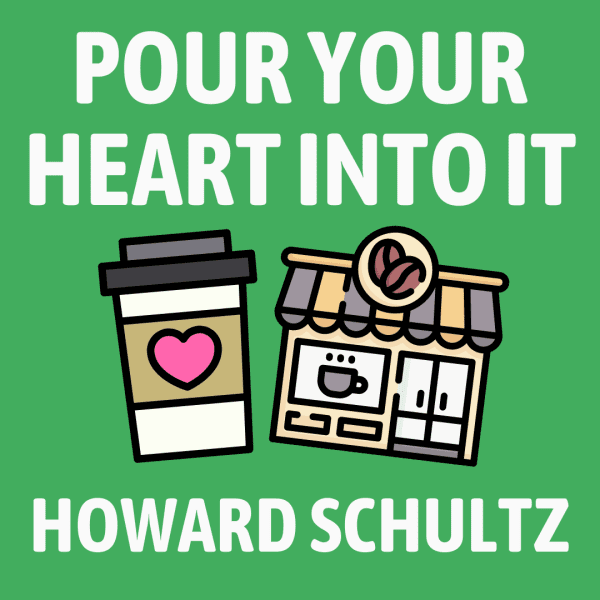
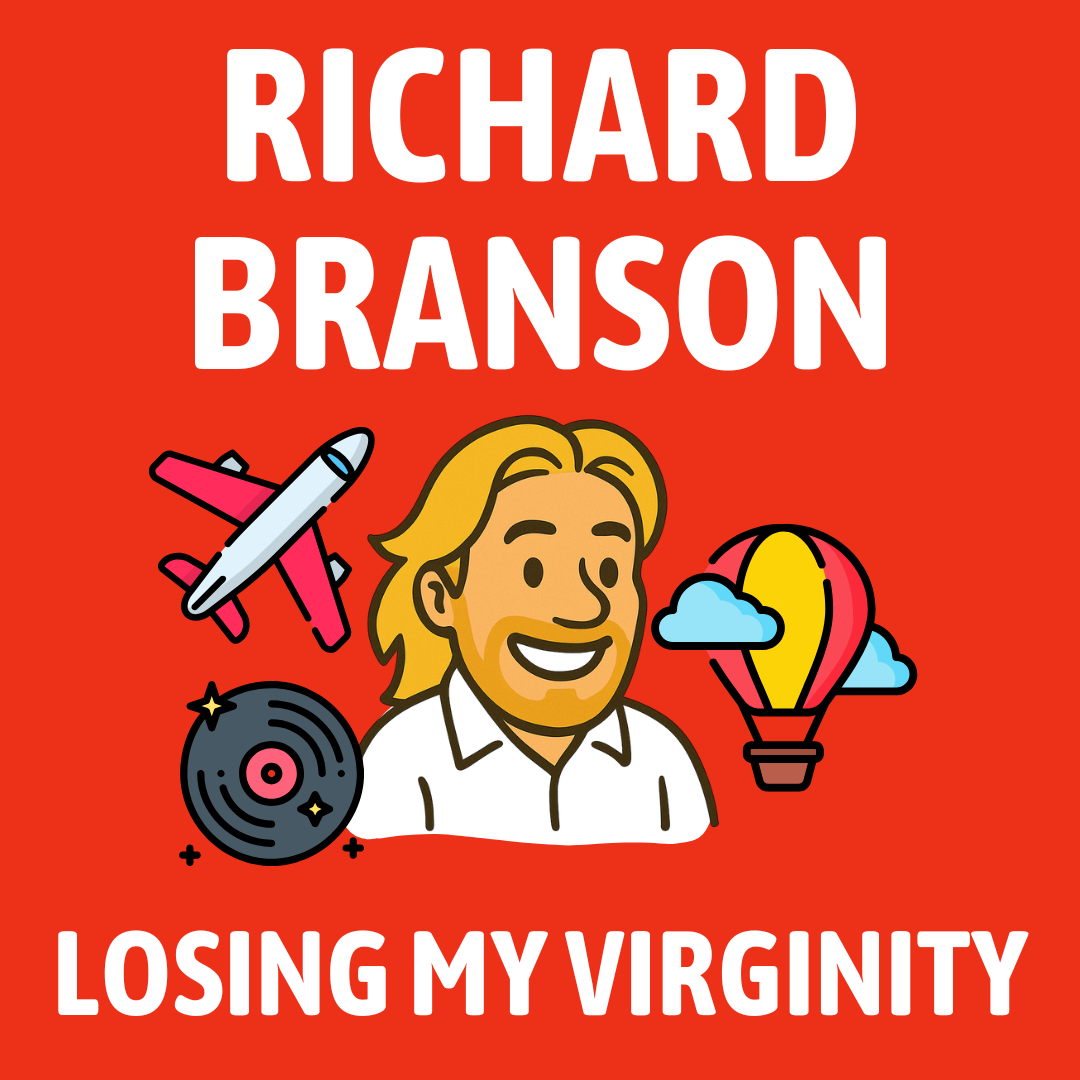
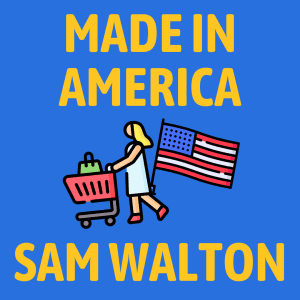


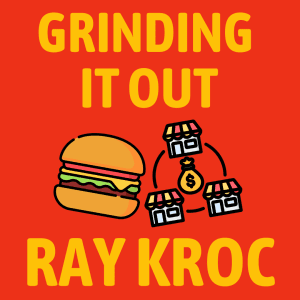
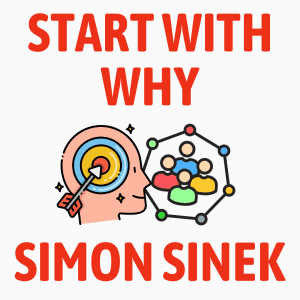

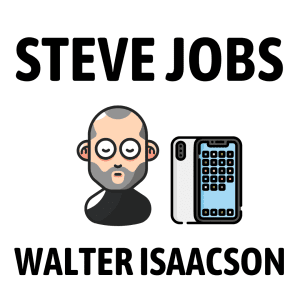
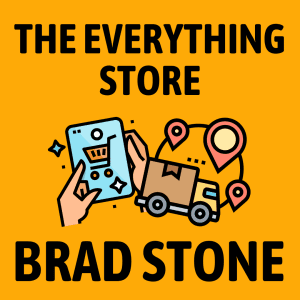
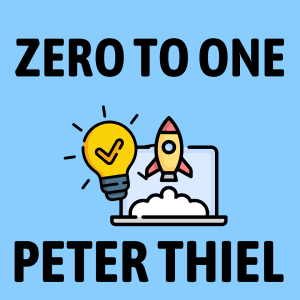



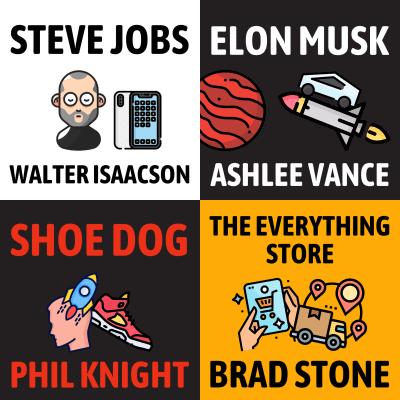
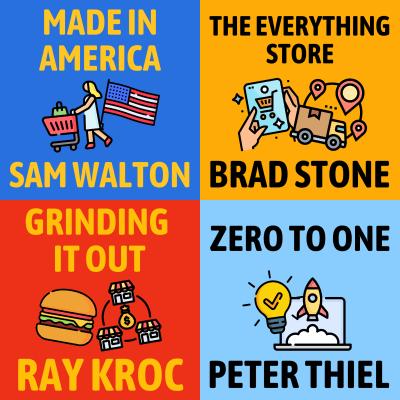












Community Notes